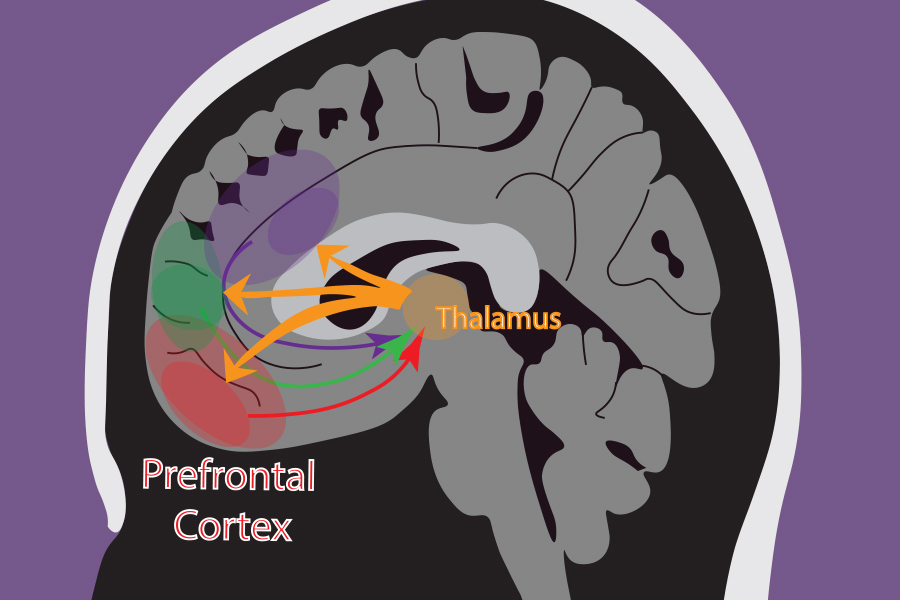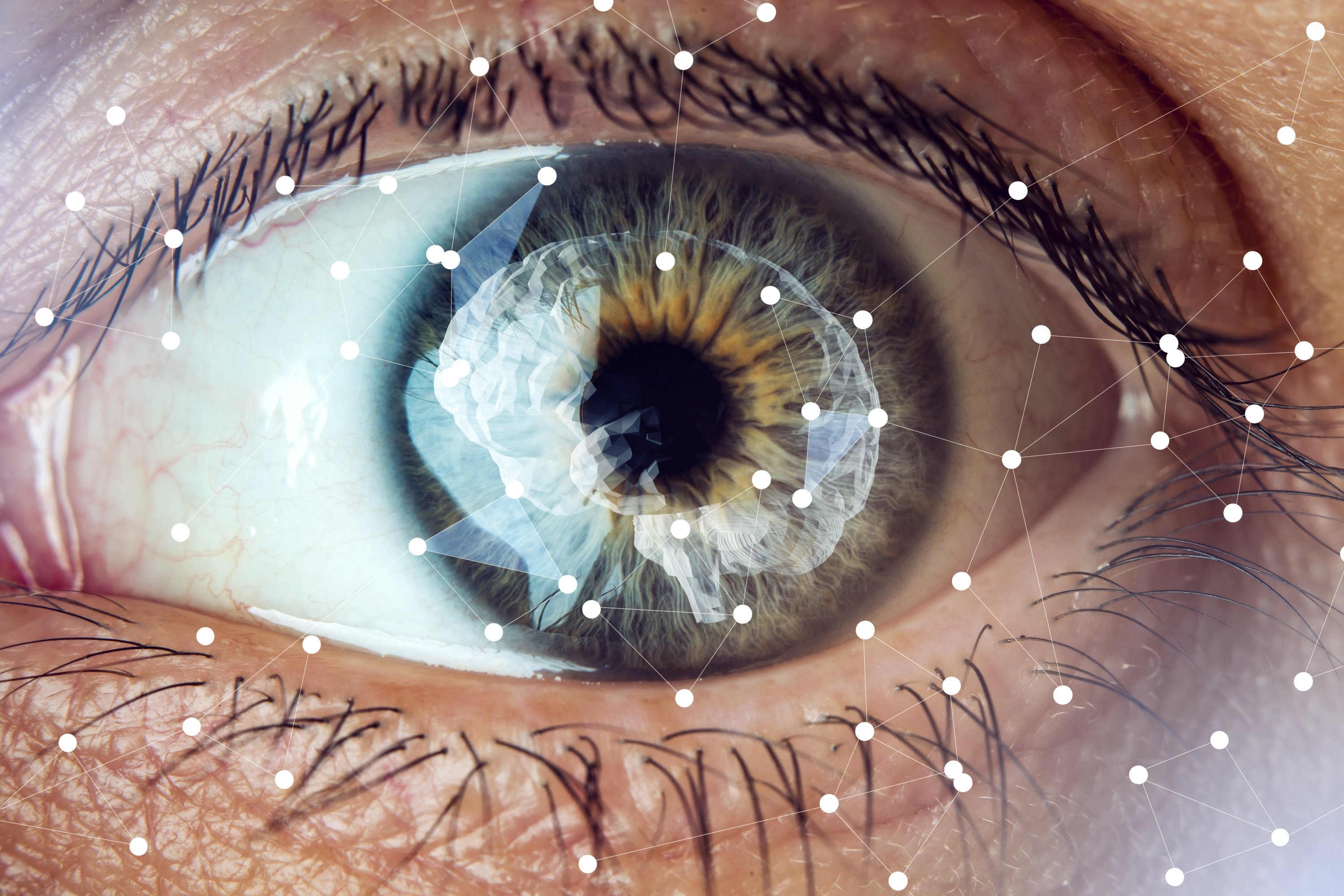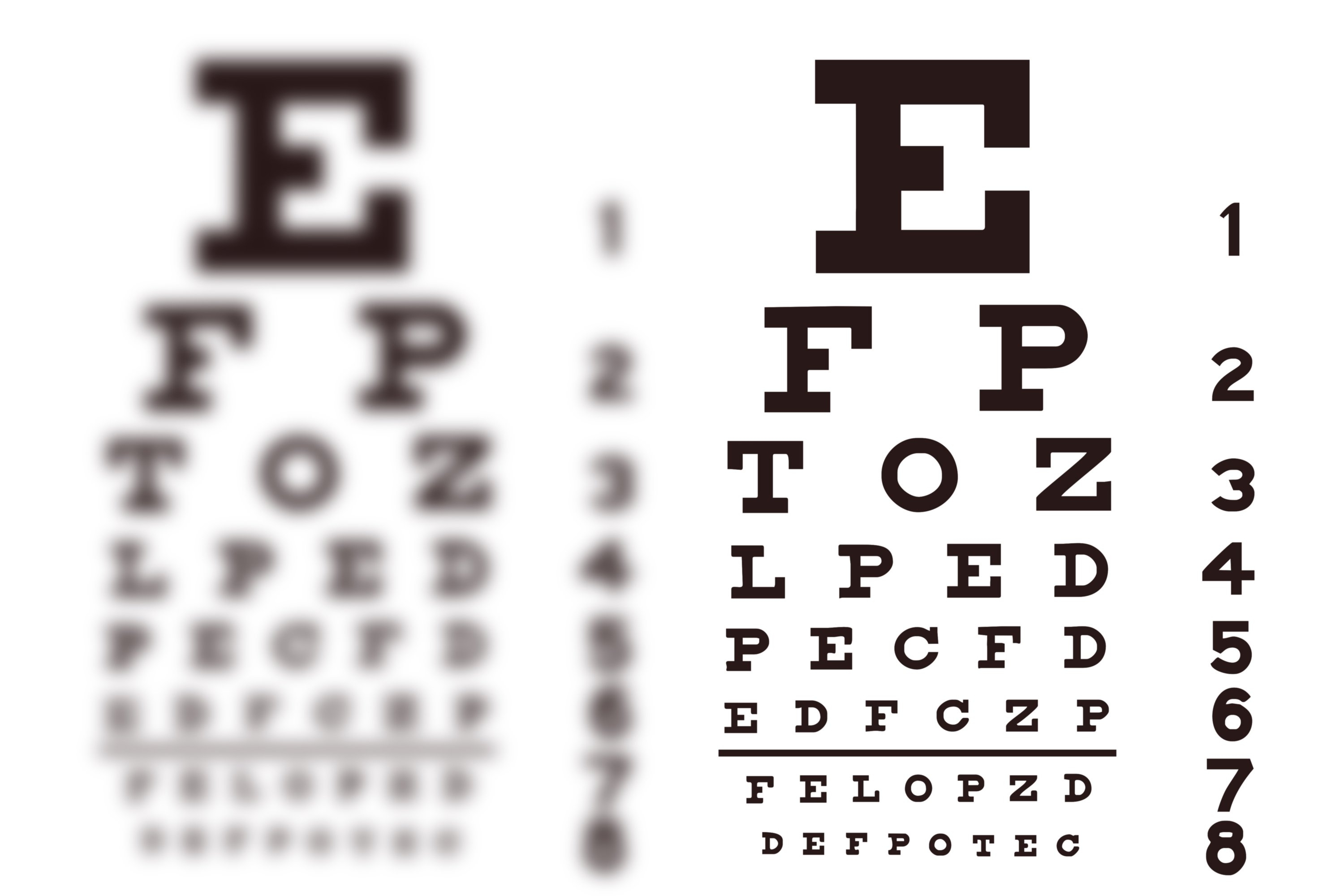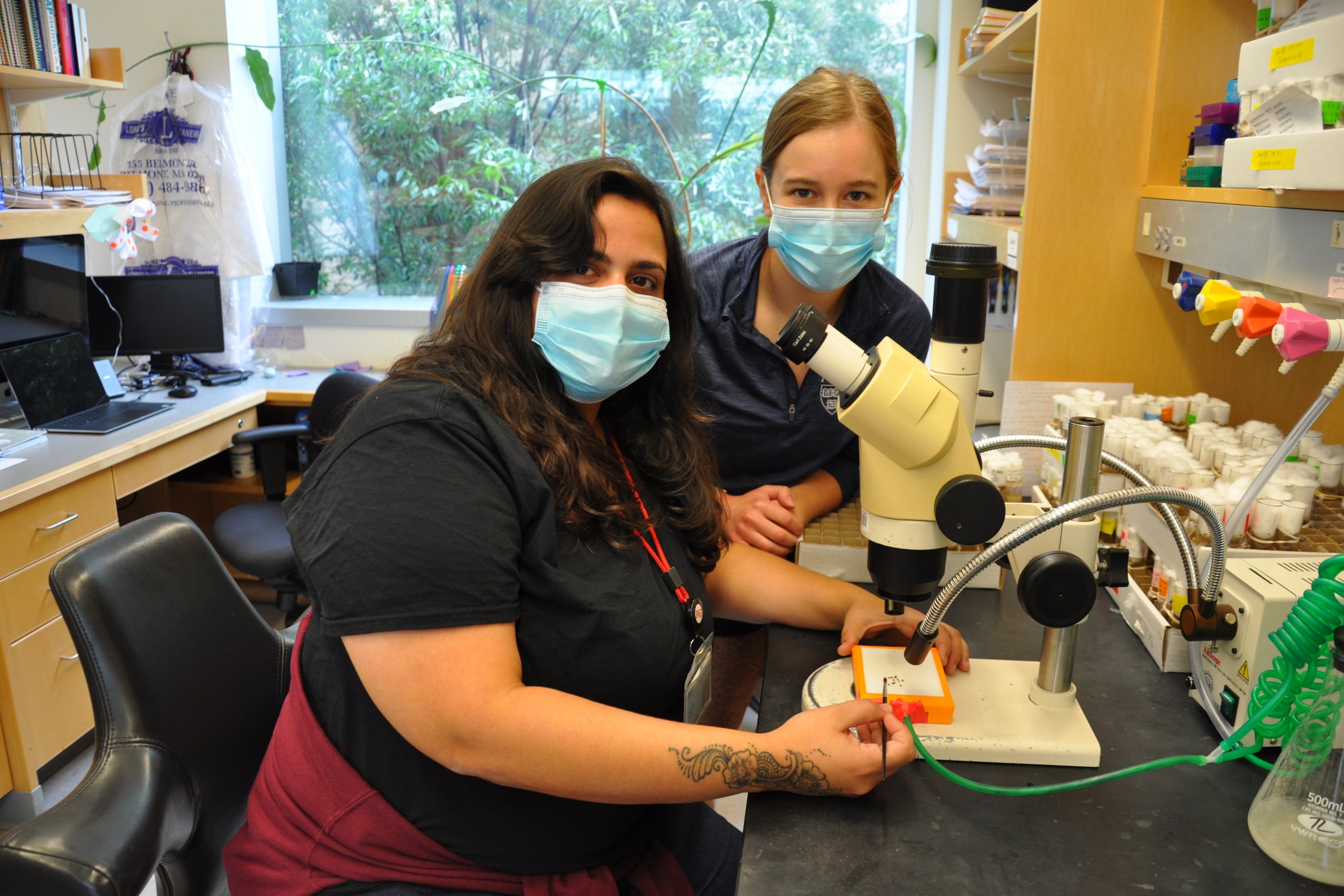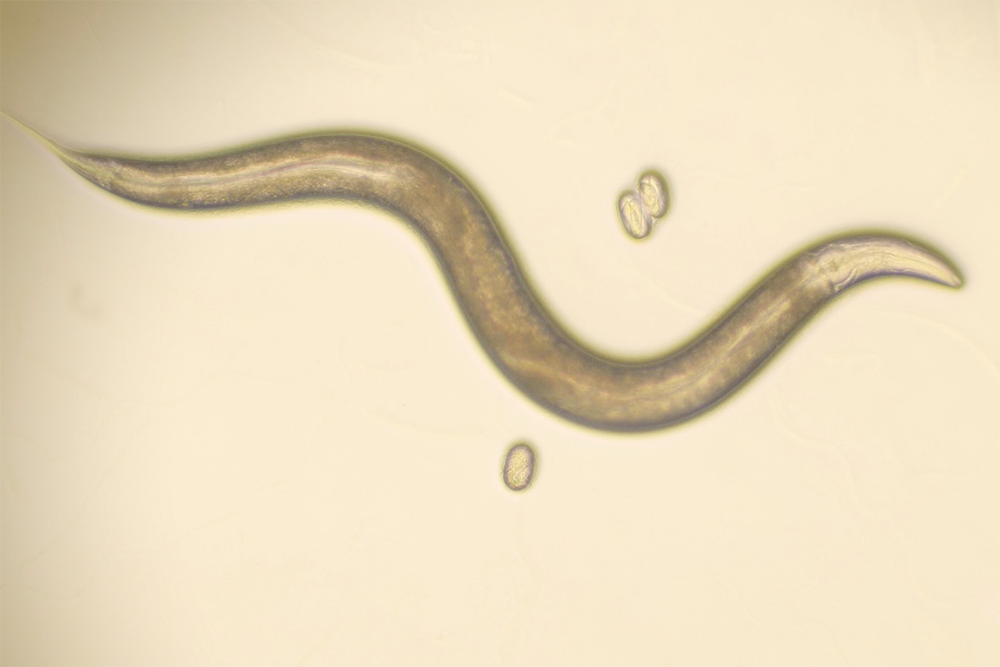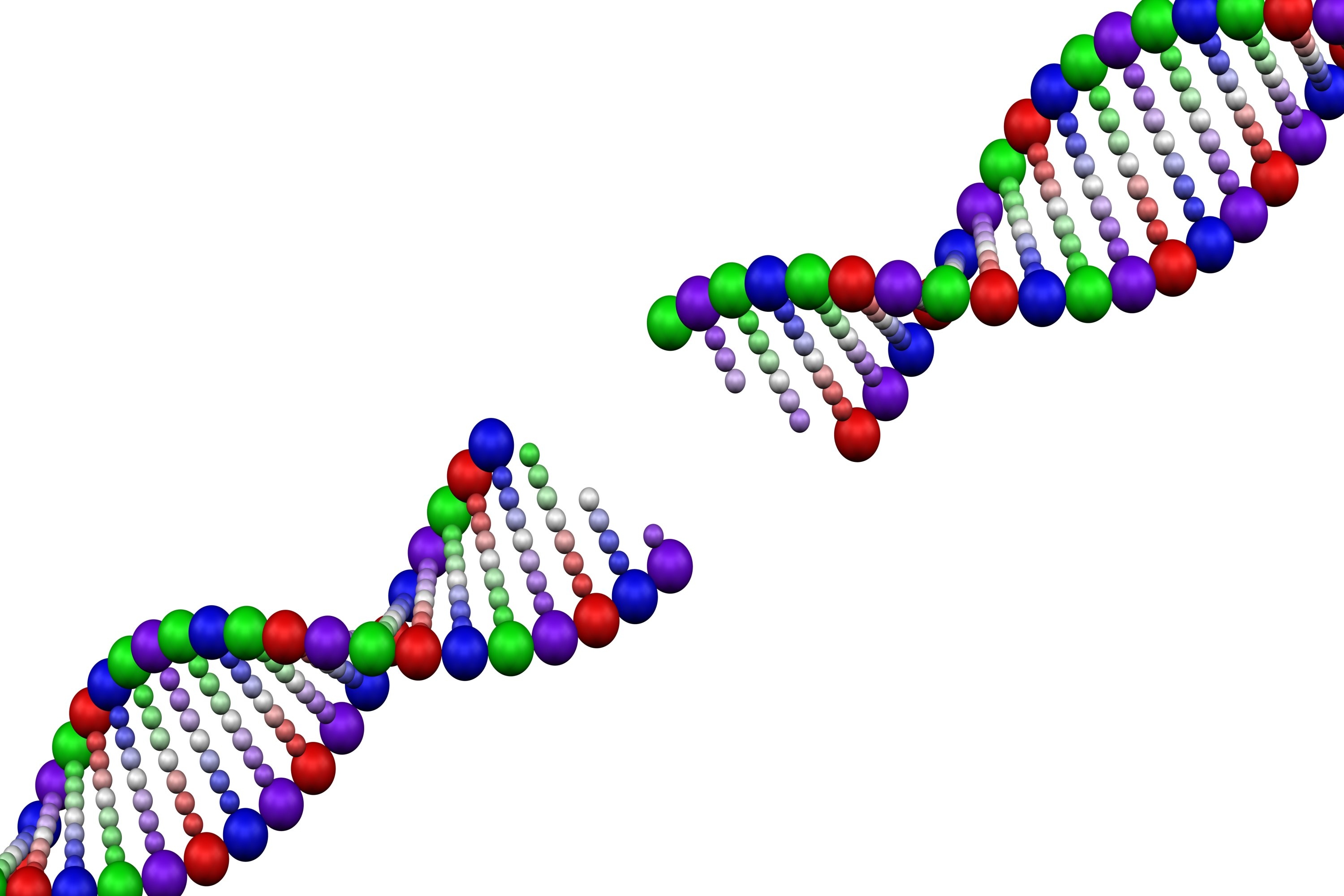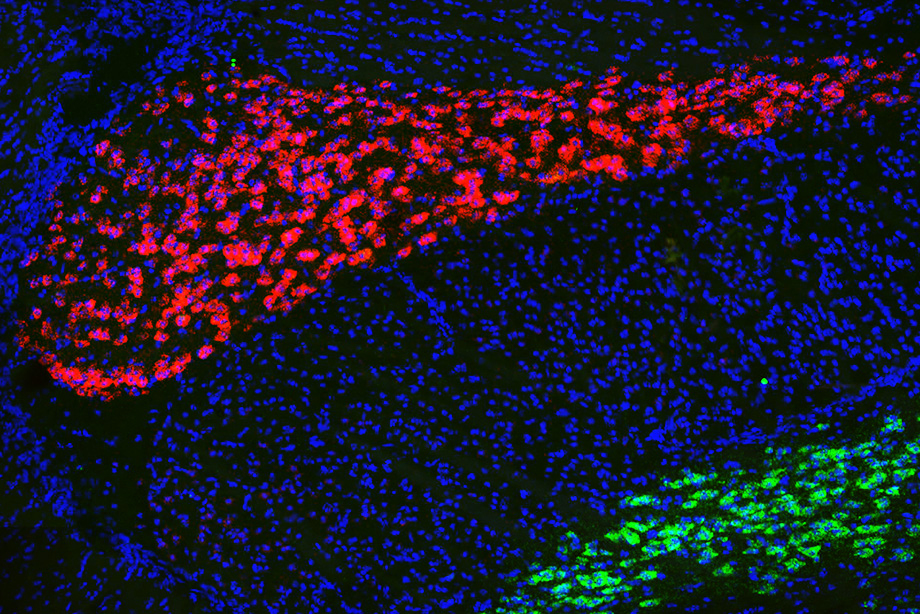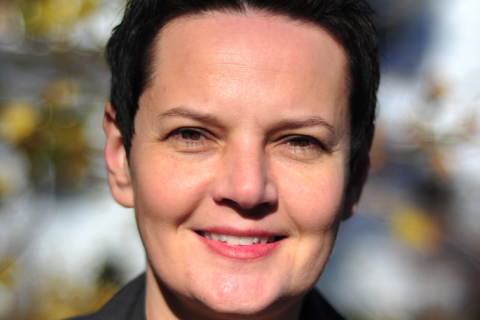Behind the scenes, brain circuit ensures vision remains reliable
A study of mice watching movies shows our brain cells rely on a circuit of inhibitory neurons to help ensure that the same images are represented consistently.
David Orenstein | Picower Institute for Learning and Memory •
mit
Sept. 27, 2021 • ~7 min
Sept. 27, 2021 • ~7 min
Novel approach reverses amblyopia in animals
By temporarily suspending retinal activity in the non-amblyopic eye of animal models, neuroscientists restrengthen the visual response in the "lazy" eye, even at ages after the critical period when patch therapy fails.
David Orenstein | Picower Institute for Learning and Memory •
mit
Sept. 20, 2021 • ~6 min
Sept. 20, 2021 • ~6 min
Brain’s “memory center” is needed to recognize image sequences, but not single sights
The visual cortex stores and remembers individual images, but mice can’t recognize image sequences without guidance from the hippocampus.
David Orenstein | Picower Institute for Learning and Memory •
mit
July 26, 2021 • ~7 min
July 26, 2021 • ~7 min
/
40

